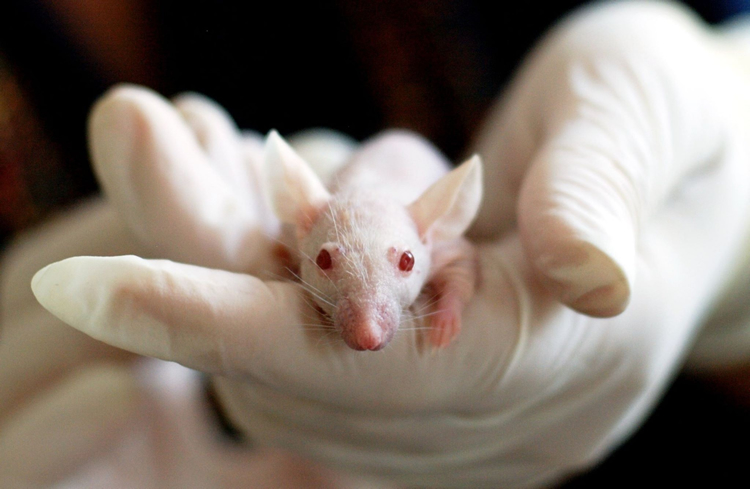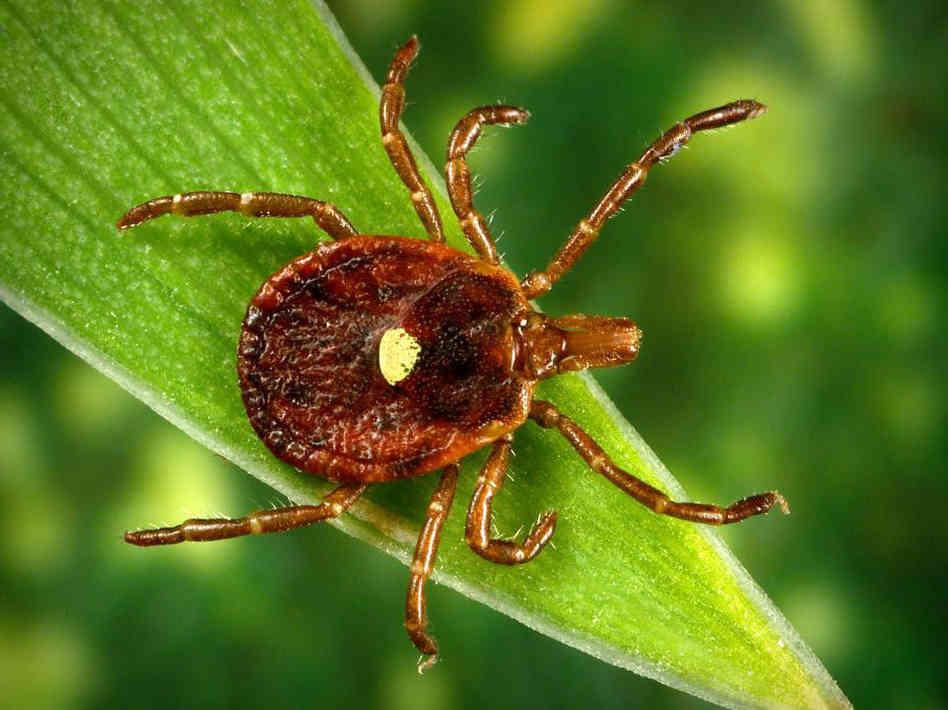For the last couple of years, MIT evolutionary biologist, Kevin Esvelt, has been in discussions with residents and health officials of Martha’s Vineyard and Nantucket, about the release of transgenic mice to fight Lyme disease.
His research and ideas are part of a new Netflix docu-series, Unnatural Selection. CRISPR is the name of the technology, which allows us to cut and paste DNA into any living thing – plant, animal, human – to change, or arguably improve the DNA of the recipient. CRISPR could be the answer to congenital disease eradication. Alzheimer’s and Cystic Fibrosis could become diseases of the past. But at what cost? Truth is, we don’t know. What does CRISPR mean for Lyme disease prevention?
Is gene editing the answer to Lyme prevention?
Esvelt presents a strong case when it comes to the idea of using CRISPR technology to prevent Lyme disease. It all begins with the white-footed mouse, conveyor of Borrelia burgdorferi, the bacteria that causes Lyme disease. When a tick feeds on the blood of white-footed mice, it contracts the bacteria. This bacteria is then transmitted to humans, who are bitten by an infected tick. About 50% of the residents of Martha’s Vineyard and Nantucket report having acute Lyme infection at least once in their lives. Currently, tick control is the only preventive measure we can take against Lyme disease.

What will happen if we genetically edit the DNA of the white-footed mouse to prevent Lyme disease?
 While all of this sounds like a wild science-fiction movie, it is real life. The idea is simpler than the science behind it, so I will explain the anticipated outcome of gene-edited mice. Esvelt says that they intend to edit the DNA of 2,000 mice, or less, and release them into the wild. The white-footed mouse already produces natural antibodies for the Borrelia burgdorferi bacteria. Because of these antibodies, not all mice are infected with the Lyme-causing bacteria. The idea is to edit the DNA of white-footed mice, so they naturally produce higher levels of the natural bacteria-fighting antibodies. These transgenic mice will reproduce new generations, who naturally have higher antibodies against the bacteria. When they are bitten by ticks, they will have no Lyme bacteria to pass on to the tick – essentially breaking the cycle of the spread of Lyme disease. The problems is, we are unsure of what an engineered ecosystem will look like. That will not be known until highly-controlled field trials are carried out – long before they can be released into the human population of Martha’s Vineyard and Nantucket.
While all of this sounds like a wild science-fiction movie, it is real life. The idea is simpler than the science behind it, so I will explain the anticipated outcome of gene-edited mice. Esvelt says that they intend to edit the DNA of 2,000 mice, or less, and release them into the wild. The white-footed mouse already produces natural antibodies for the Borrelia burgdorferi bacteria. Because of these antibodies, not all mice are infected with the Lyme-causing bacteria. The idea is to edit the DNA of white-footed mice, so they naturally produce higher levels of the natural bacteria-fighting antibodies. These transgenic mice will reproduce new generations, who naturally have higher antibodies against the bacteria. When they are bitten by ticks, they will have no Lyme bacteria to pass on to the tick – essentially breaking the cycle of the spread of Lyme disease. The problems is, we are unsure of what an engineered ecosystem will look like. That will not be known until highly-controlled field trials are carried out – long before they can be released into the human population of Martha’s Vineyard and Nantucket.
Deer ticks are the main culprits in the spread of Lyme disease. Why not edit the DNA of deer?
For that matter, why not edit the DNA of ticks? The white-footed mouse is the prime candidate for gene editing to prevent Lyme for a couple of reasons. There is a massive population of deer on Nantucket and Martha’s Vineyard. One deer can have up to 1,000 ticks feeding at once. Deer are not carriers of the Lyme bacteria, Borrelia burgdorferi. They cannot spread Lyme disease.

Ticks are not viable candidates, because they have a two-year life cycle, and do not become reproductive quickly. Mice can begin reproducing at the age of 8 to 10 weeks, making them the only viable candidate for gene editing to stop the spread of Lyme. Will these proposed measures come to be?

We are likely a couple of years away from field trials and the eventual release of DNA-edited mice – if the proposal is approved by residents and health officials. Until then, it is important that you practice personal tick protection when you are away from home. As always, I recommend professional tick control around your home – all year long.





